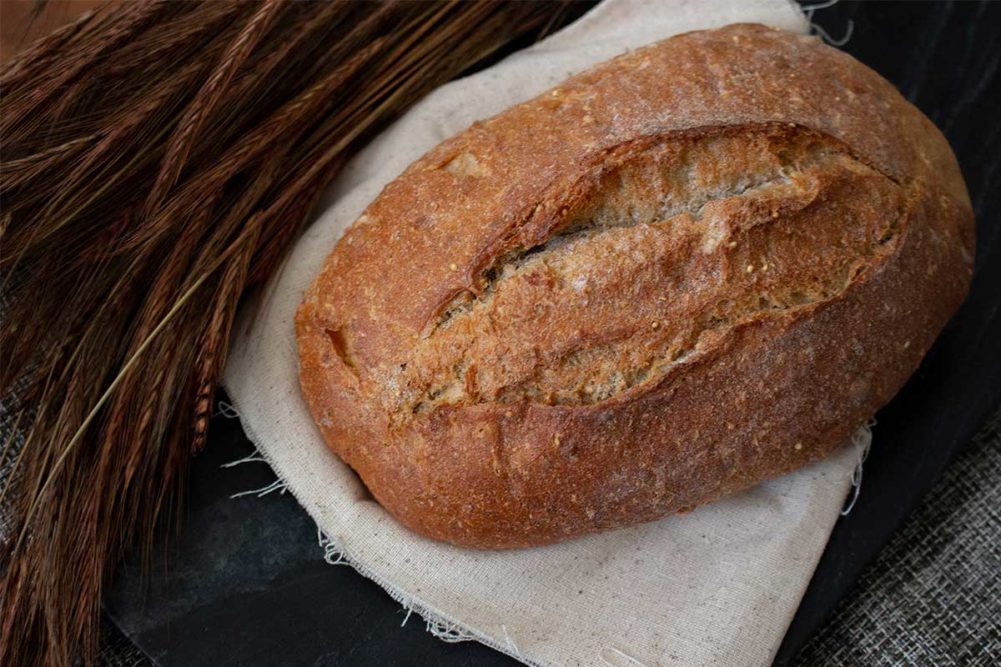Dough conditioners provide bakers with a lot of benefits including improved product consistency and a reduced reliance on gluten. As with all things, however, these ingredients do have their limits. Enzymatic-based dough conditioners in particular can quickly become overused.
“Bakers should be aware of the overuse of enzymes in a dough as it can change the end results,” said Matt Keyser, Northeastern sales, Brolite Products.
Using too much of these ingredients can lead to a bucky dough that will be rough on the equipment. That’s what can happen when strengthening a flour that may not actually need it.
“Be aware that although some enzymatic solutions can improve weak flours, they may also over-strengthen strong flours,” said Luc Casavant, application director at Lallemand Baking.
In fact, if bakers find that they are still using a high level of gluten, even with a dough conditioner, it might be time to go back to square one.
“It might be worth it to reevaluate the formula overall and look to see if the formula can be redesigned to use higher gluten flour, a completely different dough conditioner or another ingredient solution,” said Sean Hart, R&D manager, Puratos.
David (Guilley) Guilfoyle, senior group manager, bakery/fats and oils, IFF, said that while dough conditioners can cover up a lot of sins, consistent flour quality really is key to consistent operations.
“Dough conditioners can help with minor fluctuations in the flour quality, but if the flour quality is significantly different, bakers may need to adjust the dosing of the dough conditioner to maintain consistent oven spring and finished baked volumes, plus consistent crumb structure,” he explained.
This article is an excerpt from the March 2022 issue of Baking & Snack. To read the entire feature on Dough Conditioners, click here.





